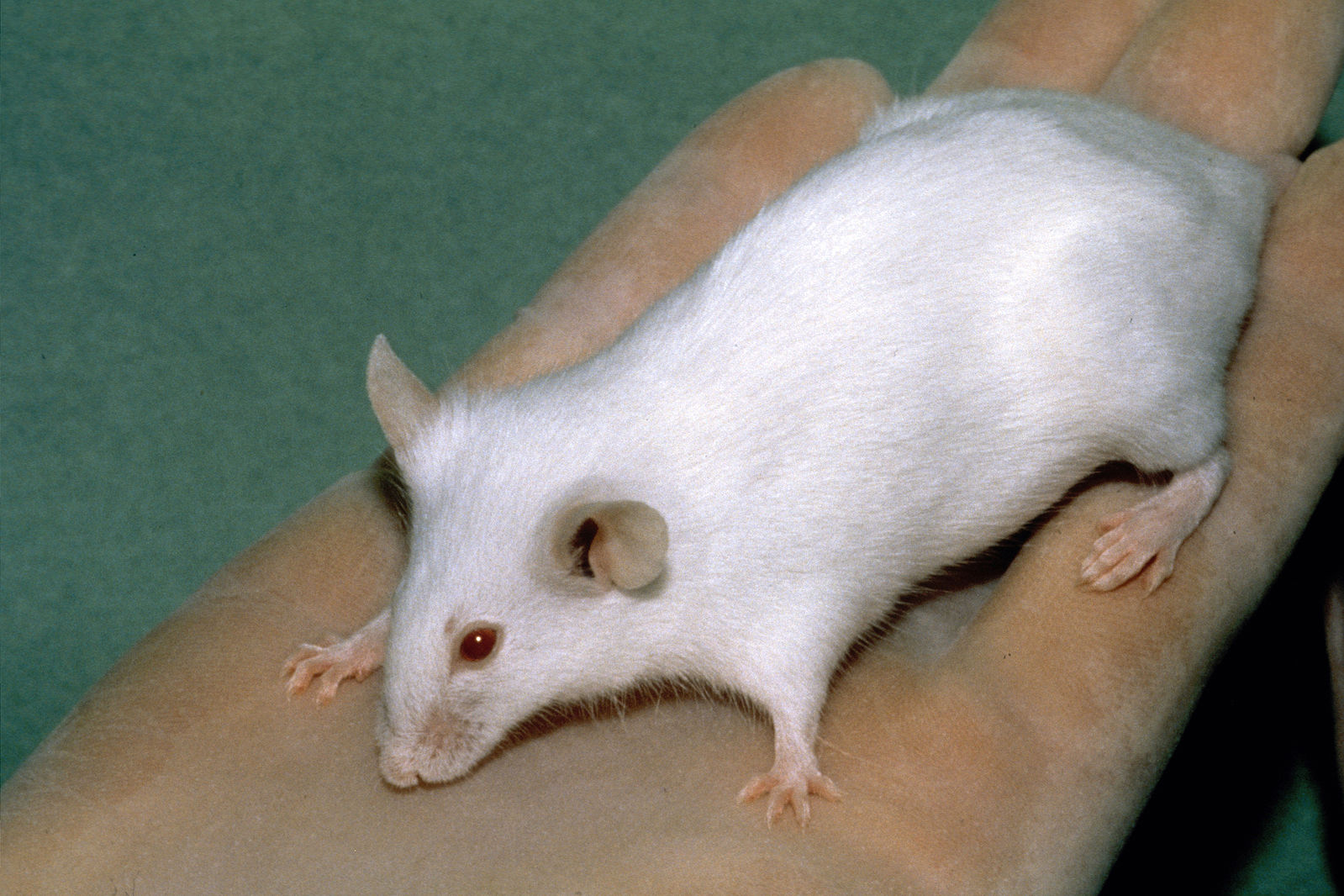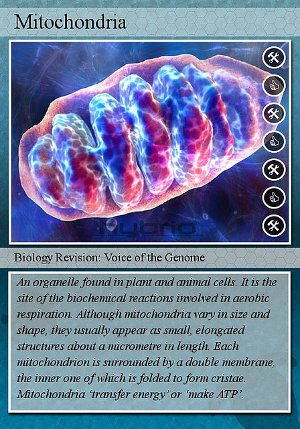
You can’t go to a health website without reading about the praises of antioxidants. These miracle chemicals found in foods such as various berries, beans and artichokes are touted to help you lose weight, give you younger-looking skin, help fight off infections and so much more.
While many of the benefits of antioxidants are undoubtedly oversold, we do know that if given at high enough levels and targeted to the right place, antioxidants can help a mouse live 10-20% longer. If this holds up in people, that is equivalent to an extra 7-14 years for people here in the U.S.
And that isn’t all. These mice not only live longer but as Umanskya and coworkers show in a new study in the journal Proceedings of the National Academy of Sciences (PNAS), they also stay stronger and healthier for longer too. So the antioxidant treatment isn’t just adding extra time at the end of the mouse’s life. It is adding better, more productive years.

Now don’t think that you can get the same effects from eating truckloads of blueberries (although they are both tasty and good for you). You can’t. These mice were genetically engineered to make antioxidants in the key part of the cell that needs protection—the mitochondria. They lived longer not because of what they ate but because of genetic modification.
This means that we need to wait until scientists figure out how to package antioxidants and deliver them specifically to the mitochondria to cash in on these benefits. And luckily for us, scientists are working furiously on this right now. Not only would this sort of targeting help with aging, but it would help treat many other devastating mitochondrial diseases as well.
